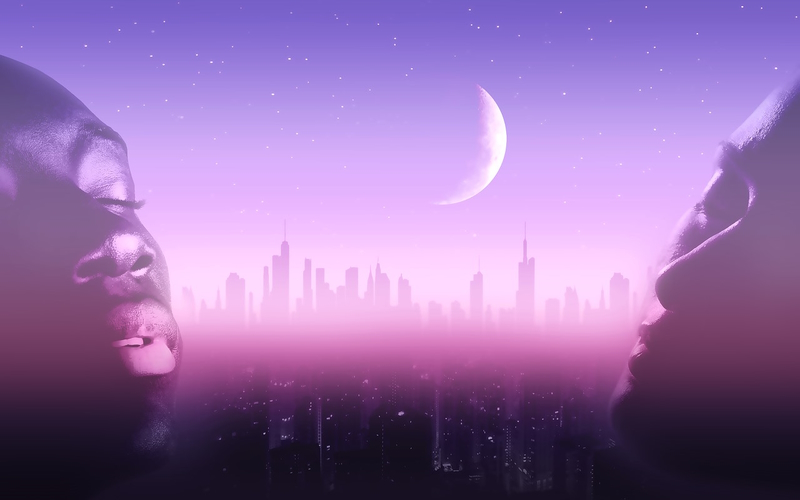The immense, inscrutable world of dreams cannot be limited to the simple extraction of the numbers of the cabal to be played in the lottery: but contains in itself a myriad of meanings, many of which are linked to the dreamer's ego, while others are linked to the world around us and are therefore contributors to messages that can be positive or negative. Messages that, through human sensitiveness, take shape in the second hours of sleep through symbols, subjects, objects, thoughts, words ...
Understanding the meaning of dreams has fascinated man since ancient times. In ancient times, dreams were considered as the will of the gods to communicate with men; while today, this normal phenomenon is attributed to a psychological meaning.

 In the 70s-80s of the twentieth century an unusual frenzy arose (or rather resurrected after at least 100 years of sleep): the taroccomania. Tarot cards in magazines, at newsstands, at the tobacconist's, on the beach; responses begged from greedy sellers of hope, with an exotic name and an often not very clairvoyant eye.
In the 70s-80s of the twentieth century an unusual frenzy arose (or rather resurrected after at least 100 years of sleep): the taroccomania. Tarot cards in magazines, at newsstands, at the tobacconist's, on the beach; responses begged from greedy sellers of hope, with an exotic name and an often not very clairvoyant eye.
Defining tarot esoterically is not a difficult task: they are cards bearing more or less colored images, more or less valuable, handed down by tradition or signed by authoritative masters of drawing. They consist of 22 major or arcana cards or triumphs or trumps and 56 minor arcana (Cups, Coins, Swords and Wands) with a complementary function as they specify the fate determined by the majors.